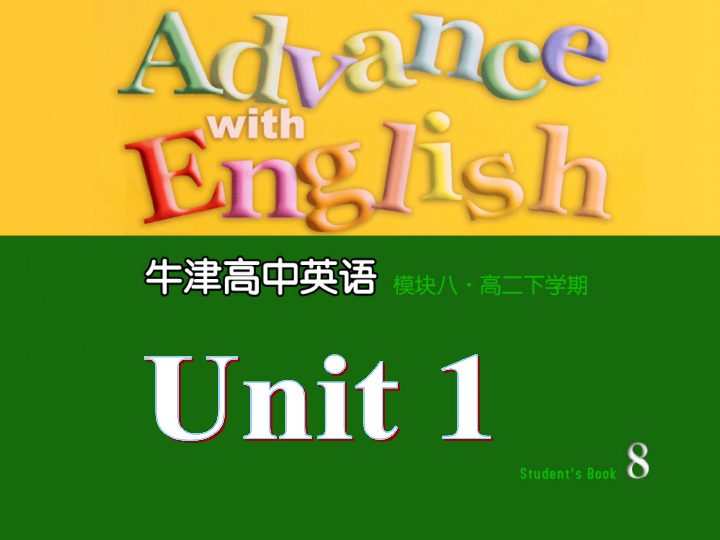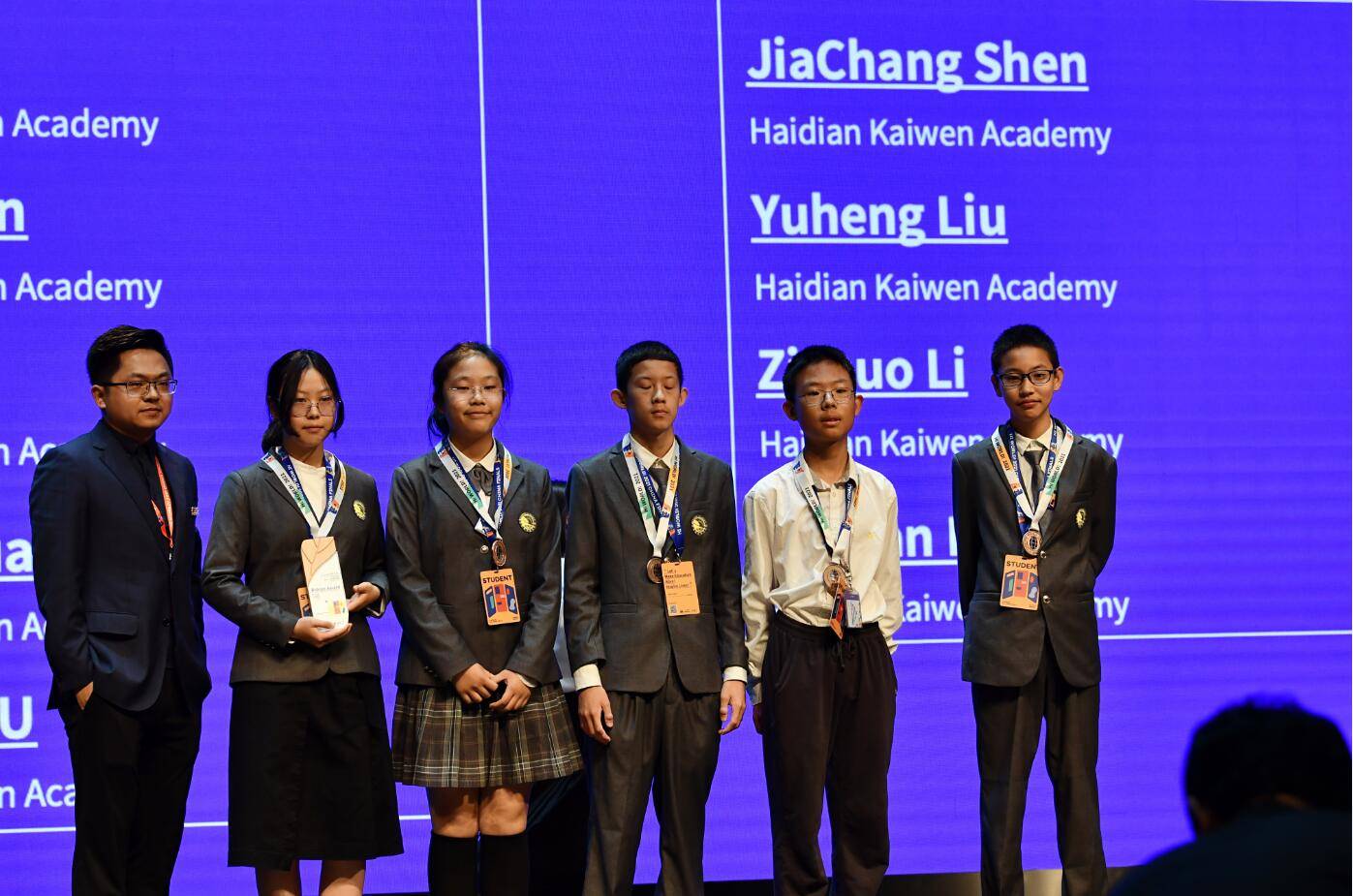Understanding the Basics: Define Unsubsidized Student Loan and Its Impact on Your Education Financing
Guide or Summary:Define Unsubsidized Student LoanKey Features of Unsubsidized Student LoansEligibility CriteriaRepayment OptionsPros and Cons of Unsubsidize……
Guide or Summary:
- Define Unsubsidized Student Loan
- Key Features of Unsubsidized Student Loans
- Eligibility Criteria
- Repayment Options
- Pros and Cons of Unsubsidized Student Loans
Define Unsubsidized Student Loan
An unsubsidized student loan is a type of federal student loan that is not based on financial need. Unlike subsidized loans, where the government pays the interest while the borrower is in school, during the grace period, and during deferment periods, unsubsidized loans begin accruing interest immediately upon disbursement. This means that the borrower is responsible for all interest that accumulates, which can significantly increase the total amount to be repaid after graduation.
Key Features of Unsubsidized Student Loans
Unsubsidized student loans are available to both undergraduate and graduate students. They are part of the Direct Loan Program provided by the U.S. Department of Education. One of the main features of these loans is that they do not require a demonstration of financial need, making them accessible to a wider range of students.
The interest rates for unsubsidized loans are fixed and set annually by the government. As of the latest updates, these rates are typically lower than those of private loans, making them a more attractive option for many students. However, it’s essential to note that the total cost of the loan can increase significantly over time due to the interest that accumulates while the borrower is in school.
Eligibility Criteria
To qualify for an unsubsidized student loan, students must complete the Free Application for Federal Student Aid (FAFSA). While financial need is not a requirement, the FAFSA helps determine the amount of federal aid for which a student may be eligible. The amount a student can borrow depends on their year in school and whether they are considered a dependent or independent student.

Repayment Options
Repayment for unsubsidized loans begins six months after the borrower graduates, leaves school, or drops below half-time enrollment. Borrowers have several repayment plans to choose from, including standard, graduated, and income-driven repayment plans, which can help manage the loan payments according to their financial situation.
One of the critical aspects of managing an unsubsidized loan is understanding the importance of making interest payments while still in school. By paying the interest as it accrues, students can significantly reduce the total amount they will owe after graduation.
Pros and Cons of Unsubsidized Student Loans
Like any financial product, unsubsidized student loans come with their advantages and disadvantages.
**Pros:**

- **Availability:** They are accessible to a broader range of students since financial need is not a requirement.
- **Fixed Interest Rates:** Borrowers benefit from fixed interest rates, which can provide stability in repayment planning.
- **Flexible Repayment Options:** Multiple repayment plans allow borrowers to choose what works best for their financial situation.
**Cons:**

- **Interest Accrual:** Interest starts accruing immediately, which can lead to a higher overall repayment amount.
- **Potential for Debt Accumulation:** Without careful management, the total debt can grow significantly during school.
In summary, understanding how to define an unsubsidized student loan is crucial for students seeking financial assistance for their education. While they provide essential funding, it’s vital to be aware of the implications of accruing interest and the importance of planning for repayment. By weighing the pros and cons and making informed decisions, students can navigate their education financing more effectively and minimize the financial burden after graduation.